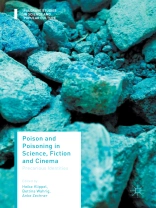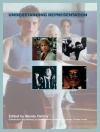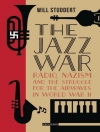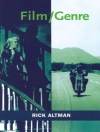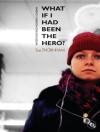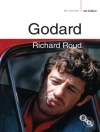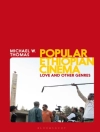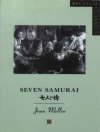This book is about poison and poisonings; it explores the facts, fears and fictions that surround this fascinating topic. Poisons attract attention because they are both dangerous and hard to discover. Secretive and invisible, they are a challenging object of representation. How do science studies, literature, and especially film—the medium of the visible—explain and show what is hidden? How can we deal with uncertainties emerging from the ambivalence of dangerous substances? These considerations lead the editors of this volume to the notion of “precarious identities” as a key discursive marker of poisons and related substances. This book is unique in facilitating a multi-faceted conversation between disciplines. It draws on examples from historical cases of poisoning; figurations of uncertainty and blurred boundaries in literature; and cinematic examples, from early cinema and arthouse to documentary and blockbuster. The contributions work with concepts from gender studies, new materialism, post-colonialism, deconstructivism, motif studies, and discourse analysis.
İçerik tablosu
1.Introduction - Heike Klippel, Bettina Wahrig, Anke Zechner.- 2. Cases and Environments: Female Poisoners in Eighteenth-Century Germany - Julia Saatz.- 3. The Truth About the Lafarge Affair: Controversies and Poisons in Salons and Academies - José Bertomeu Sanchez.- 4. “Nature is Lopsided”: Muscarine as Scientific and Literary Fascinosum - Bettina Wahrig.- 5. “Everything stays down where it’s wounded”: Precarious Ontologies and Ecologies of Poison - Stephan Trinkaus.- 6. Metamorphoses: “Life and death appeared to me ideal bounds”: Investigations into Life, Death, Resuscitation and “Vegetable Poisons” in Early Nineteenth-Century Britain - Silvia Micheletti.- 7. “These Pale Alchemies”: Lucretia Borgia in Nineteenth-Century Literature - Martina Mittag.- 8. Magic Matters: On Sexed Bodies and Early Film - Kathrin Peters.- 9. Fun and Games: The Joy of Poisoning in Children’s Literature - Sylvia A. Pamboukian.- 10. Nuclear Power Subjects: Superheroes and Energetic Film - André Wendler.-11. Visualizing the Invisible: From Substance to Phantasm. Poison Motifs in Narrative Cinema Heike Klippel.- 12. Cinema and the Motif of Poison as Intermingling - Anke Zechner.- 13. Serial Poisoning: Actualizations of the “Yellow Peril” in 1960s Fu Manchu Films - Maja Figge.- 14. Poison Ivy, Lux Interior, Cramps: Cinema as Ontoxicological “Mit-Gift” (Being-With Not as a Given) - Drehli Robnik.- 15. Queering Autoimmunity with Sexual Difference: On Todd Haynes’ Poison (1991) and Safe (1997) - Astrid Deuber-Mankowsky.- 16. Conclusion: Identity, Precariousness, and Poison: A Brief and Political Outlook - Heiko Stoff.
Yazar hakkında
Heike Klippel is Professor of Film Studies at the Braunschweig University of Art, Germany. Anke Zechner was a research fellow on the DFG project “The Poison Motif in Film” and is currently working on a research project on Poisonous Cinema.Bettina Wahrig is Professor of the History of Science and Pharmacy at Braunschweig University of Technology, Germany.
